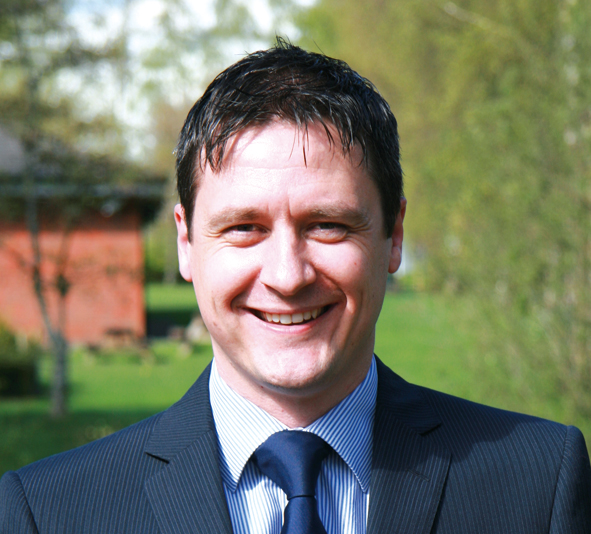Call recording comes of age
Jamie Wilson explains how audio analytics could be one of most under-valued pieces of technology a police force owns
When was the last time you thought about your call recording system? Unless your emergency communications centre has just gone through an upgrade, it was probably some time ago.
After all, even though it is an essential technology for emergency services, the communications recording system is usually relegated to a telecom closet or back room. There it sits dutifully recording your emergency communications day in, day out.
But with new capabilities now made possible through audio analytics, what was once simply a workhorse for communications recording might just turn out to be one of the most under-valued pieces of technology your police force owns.
The concept of audio analytics is not new, but it has now matured to a point that it can provide real utility and value to todays police forces.
Put simply, audio analytics enables recorded communications, even audio from body-worn cameras, to be rapidly searched using key words and phrases, instead of the old way of searching, which was simply by time and date.
Clearly, this has benefits for the investigative process because of its ability to unearth hidden clues and evidence, and even reveal potential witnesses to an incident.
Here is how audio analytics works. Once a call has ended the system converts the call from speech to text, then analyses and indexes it using a process known as N-Best indexing. This distinction is important because searching the analysed calls is done on words/text, rather than on phonemes (phonetic indexing) which can be slower and less thorough. Think of N-Best indexing like a Google-type search engine for your call recording system.
We need only consider a hypothetical scenario to understand its value. Let us say, for example, that a violent knife attack takes place at 1pm on Saturday in a busy marketplace in Romford, Essex.
There could be one or 100 calls related to the incident. The investigating officer can search for calls that were received around that time. Or, instead of using the date and time as the sole reference point, he can instead refine his search to include a selection of likely relevant words, such as market, knife, fight or Romford.
In addition to finding every call where all or some of these words were spoken, the audio analytics can pinpoint precisely where the words are located within the call. The officer can choose to replay the entire call, or just the relevant section.
Because audio analytics can be layered on top of the call recording technology that most forces in England and Wales already have today, they do not need to do a forklift upgrade to take advantage of it. This is a big plus for budget-wary forces because they can continue to leverage the significant investments that they have already made.
It also aligns perfectly with most forces future plans for digital evidence management.
Finally, the training required to use the new analytics capability is minimal. If you can use a search engine you can use audio analytics. It really is that simple.
Jamie Wilson is responsible for public safety marketing for NICE Systems throughout EMEA. He has worked in the public safety and security industries for more than 15 years, with a focus on diverse solutions designed to improve public safety, security and operational efficiency.




